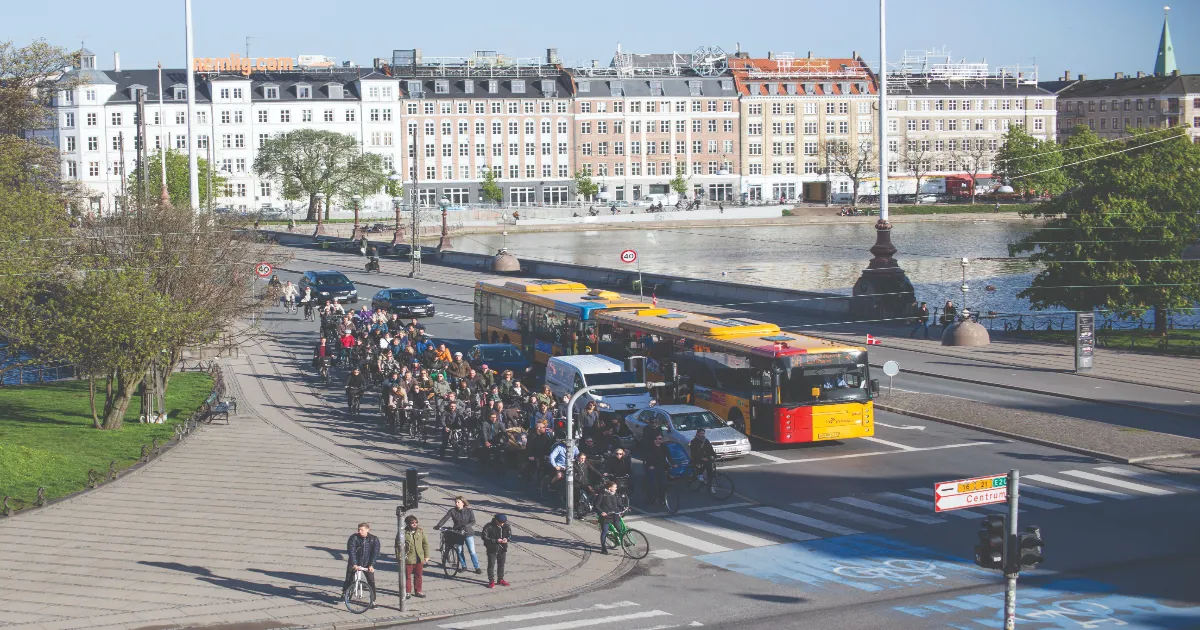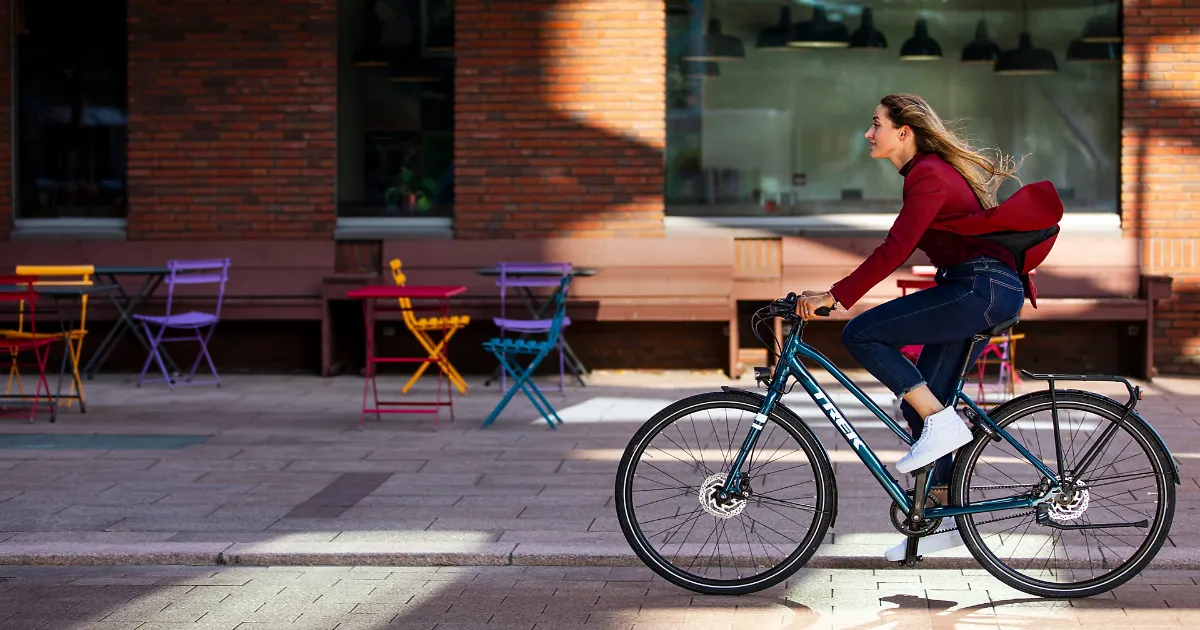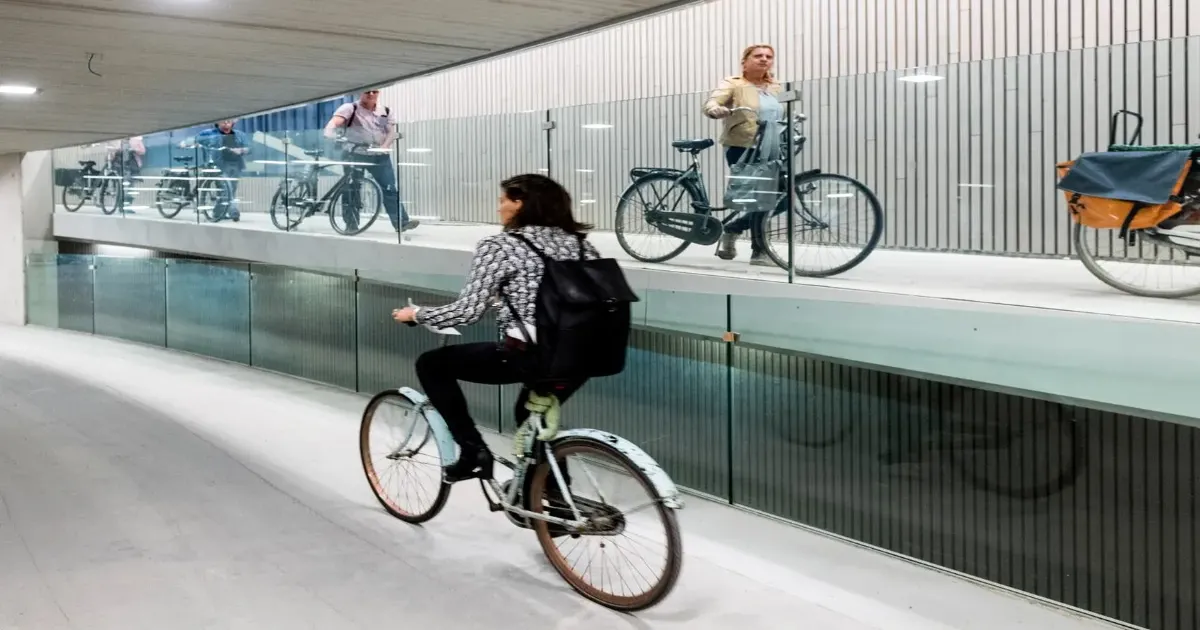How To Make Bunch-Rides Safe — And Cycling Safe, Generally.
My last post arguing that groups of cyclists have an ethical entitlement to ride 2 abreast, or indeed take up the whole road the way cars do, got a few thousand hits in a few days. It’s a hot topic, clearly—not in all countries, certainly not Holland, but definitely hot in countries where many cyclists find themselves …










